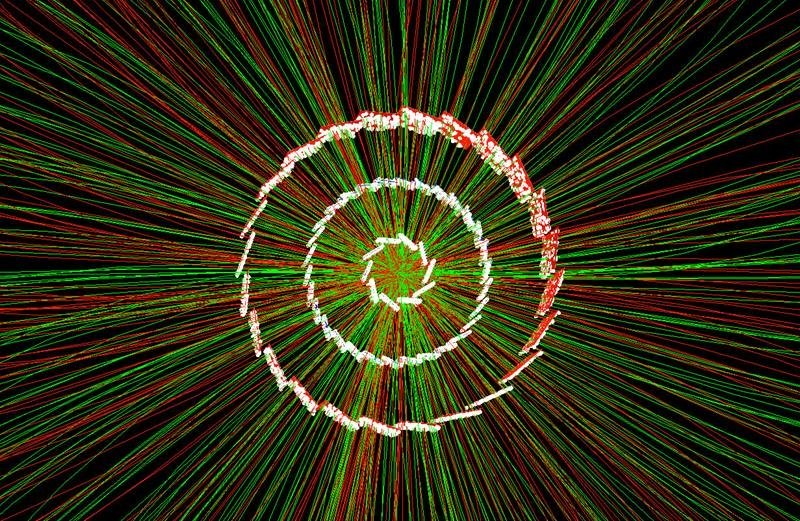Hadronization occurs when particles called quarks and gluons combine to form hadrons, composite subatomic particles made of two or three quarks. Once combined, quarks and gluons are “confined,” or trapped, in hadrons. Researchers studying particles containing heavy “charm” quarks have found that there are many more three-quark hadrons than expected under a widely accepted explanation of how hadrons can form.
